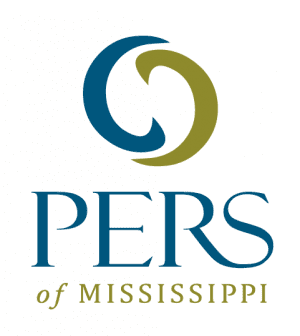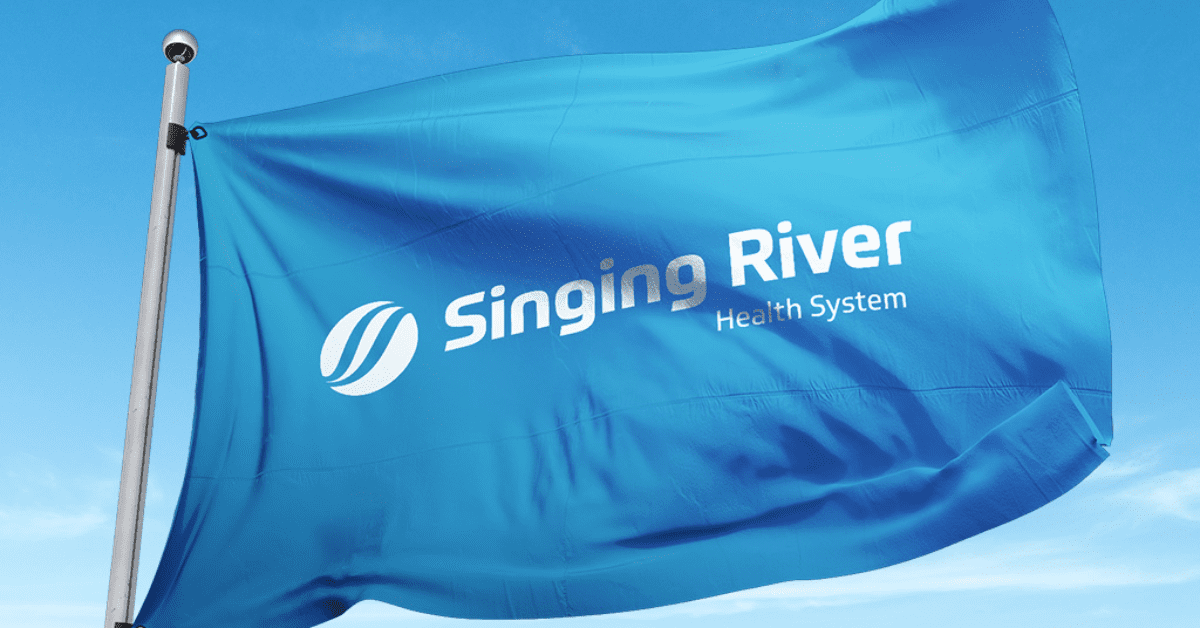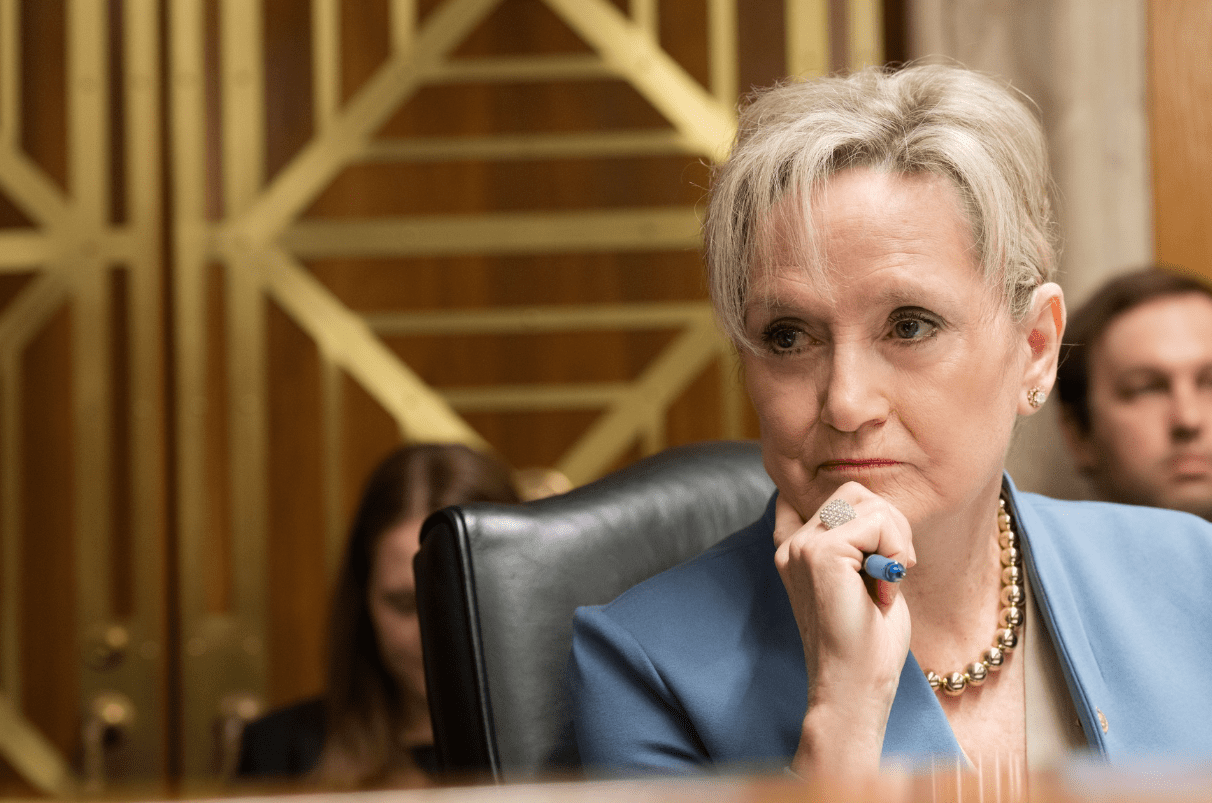
Seven entities added since last year. See what organizations are a part of the Mississippi Public Employees’ Retirement System.
You probably know that the Public Employees’ Retirement System of Mississippi, or PERS, provides retirement benefits for individuals working in state government, public schools, universities, community colleges, cities and towns, counties, and the Legislature.
But you may not realize that PERS also provides retirement plans for select hospitals, libraries, convention and visitors bureaus, tourism commissions, museums, airports, utility authorities, the levee commission, and others.
Example of such entities include:
- Delta Blues Museum
- Greenwood Tourism Commission
- Jackson Municipal Airport Authority
- Magnolia Regional Health Center
- Mississippi Gulf Coast Regional Convention & Visitors Bureau
- Oxford Tourism Council
- Yazoo-Mississippi Delta Levee Commission
- Yazoo Recreation Commission
Even in the midst of long term uncertainty on the financial outlook of PERS, they continue to add more entities. Just three months ago, PERS added the Jackson Convention and Visitors Bureau.

Since their last report, according to PERS, 7 organizations in all have come into the fold in addition to Visit Jackson. They are: Tunica County Healthcare Authority, Natchez Convention Promotion Commission, Mississippi School for the Blind and Mississippi School for the Deaf, Mississippi School of the Arts, Chickasaw County School District, and Office of Workforce Development.
Executive Director Ray Higgins told Y’all Politics that PERS does not have a particular goal of adding more employers to the system.
“Historically, organizations are added to PERS by statute or joinder agreements,” Higgins said. “A limited review is conducted on a case-by-case basis to confirm they are an eligible public entity and to determine if they have the financial resources to participate in PERS.”
The ten largest participating employers, according to the 2020 annual report, were:
- University Medical Center – 7,956 employees
- DeSoto County Board of Education – 4,245 employees
- Mississippi State University – 3,768 employees
- Jackson Municipal Separate School District – 3,767 employees
- Mississippi Department of Human Services – 3,085 employees
- Mississippi Department of Transportation – 2,948 employees
- Rankin County Board of Education – 2,353 employees
- University of Mississippi – 2,051 employees
- Harrison County Board of Education – 1,881 employees
- State Department of Health – 1,835 employees
The chart below shows what percentage of the total PERS system each of these ten largest participating employers are in comparison to 2011 and 2020.

In all, PERS is available for nearly 860 entities statewide representing approximately 12% of the state’s labor force.
Employer contributions to the PERS system tops $1.2 billion annually while employees invest another $600 million. The average age of an employee in PERS is 45 years old with 10 plus years of service and earning roughly $41,000 per year.
As for how the solvency of PERS is impacted by the addition of employers, whether it places PERS on a better footing or further strains the system, Executive Director Higgins says the additions should not have a material effect on the stability of PERS.
“In the aggregate, adding employers alone shouldn’t necessarily have a large or material impact on the overall solvency of PERS,” Higgins said. “However, it is something we are looking at and will continue to review. In reality, any potential impact of an individual employer ultimately depends on the experience of that particular employer and members, and later their retirees.”
The financial soundness of PERS has long been a hotly debated topic within the Mississippi Legislature, but lawmakers have taken no substantive action to shore up the retirement plan to date despite warnings – and the hole continues to deepen.
In May, the Mississippi Joint Legislative Committee on Performance Evaluation and Expenditure Review, or PEER, noted that demographics, lower than expected wage inflation by contributing members, and lower than expected investment returns are combining to hurt the plan’s bottom line.
PEER noted in their report that over the past 5- and 10-year periods, the PERS actual average annual payroll increase has continued to remain below the actuarial model’s projected rate of salary increase (currently assumed at 3.00%).
From FY 2010 through FY 2020, the ratio of active members to retired members decreased by approximately 33%, driven by the increasing number of retirees and the decreasing number of active members. There were just over 2 active workers per retiree in 2010 and only 1.35 active workers per retiree in 2020.
The report further states that the PERS Board has implemented a policy to reduce the PERS plan’s investment return assumption from its current rate of 7.75% to the actuary’s recommended rate of 7.5%, using future investment gains above the plan’s assumed returns. Based on the results of the evaluation metrics in the plan’s funding policy, the actuarially determined contribution metric is “red” meaning that the PERS Board must consider making changes to the employer contribution rate.
As of June 30, 2020, the PERS funding ratio was 58.8%, a decrease from 61.3% as of June 30, 2019. For FY 2020, the PERS plan’s combined investment portfolio experienced a return of 3.35%, and the market value of the system’s assets was approximately $28.2 billion.
While the expansion of eligible entities in PERS may mitigate some short term ratios of current workers to retirees, the long term tradeoff is more future retirees that PERS will have to account for.
You can read more about PERS in their 2020 annual report here.
To read the recent PEER report on PERS, click here.











